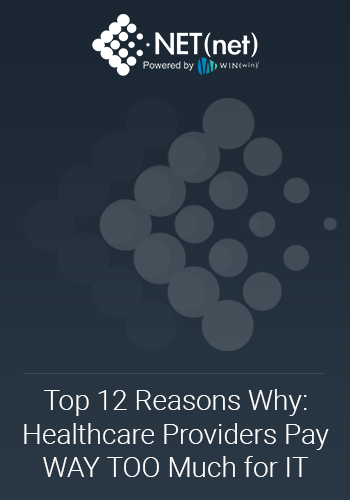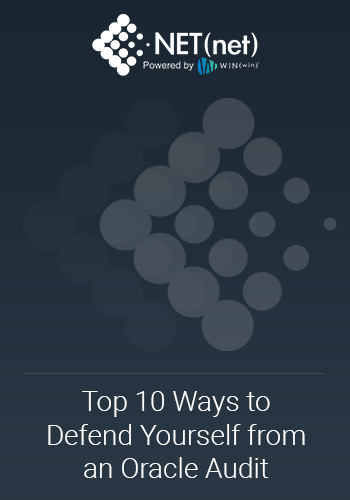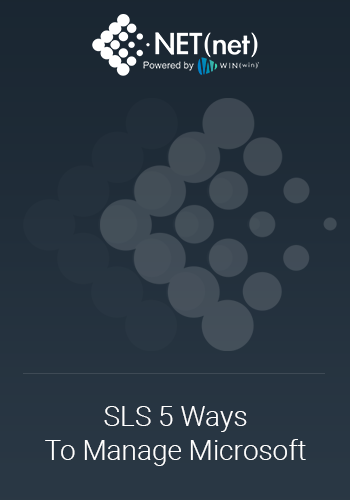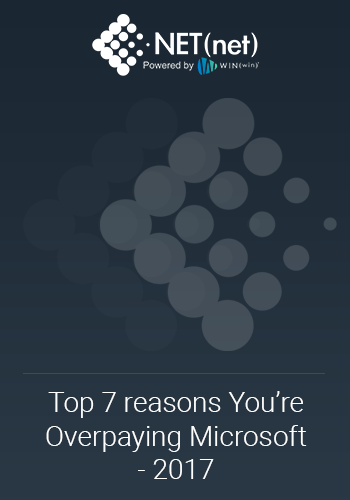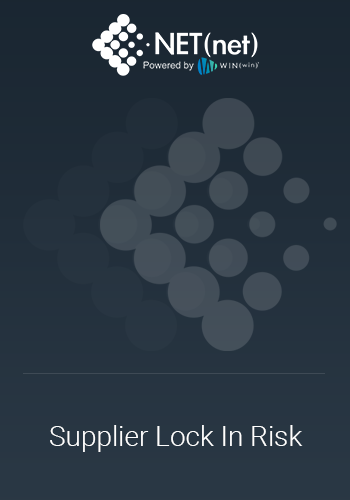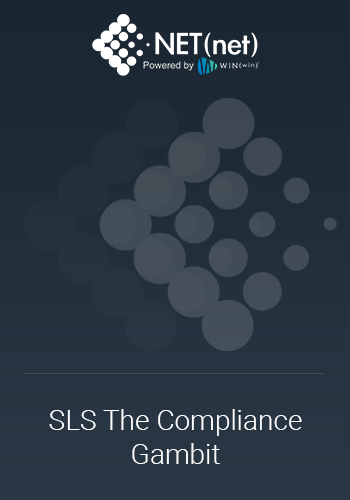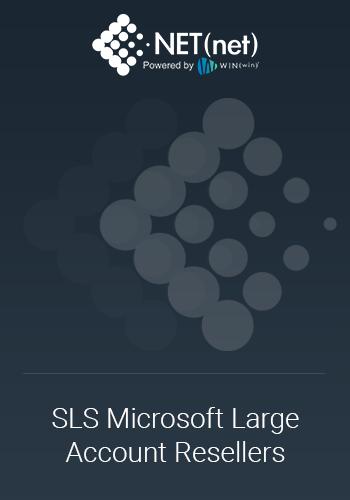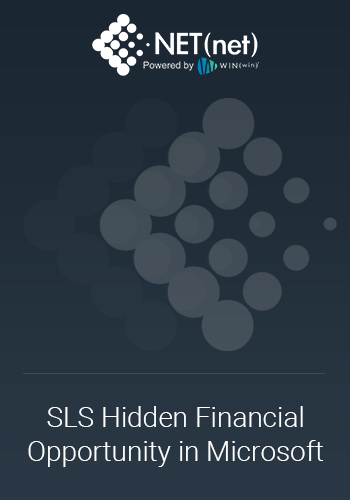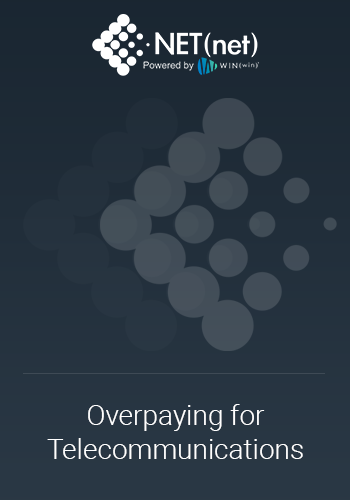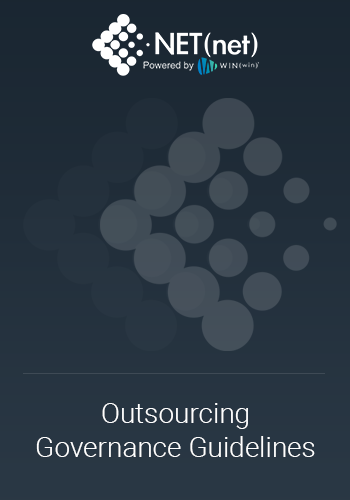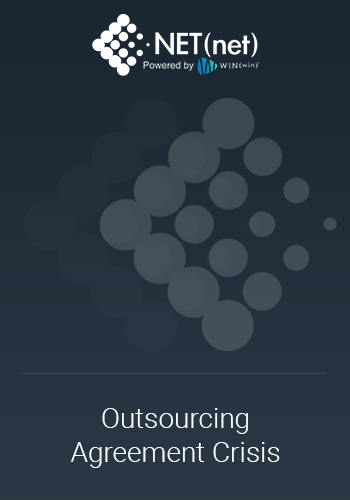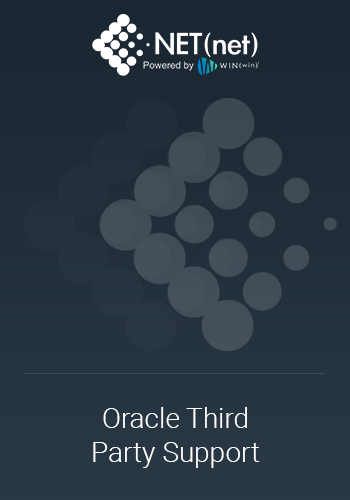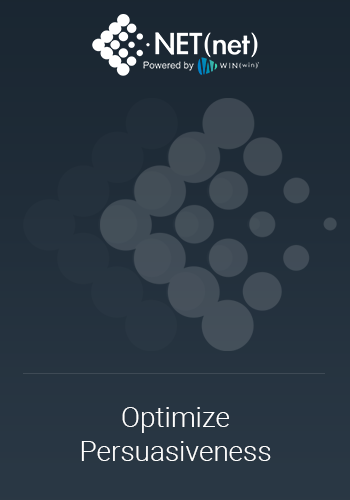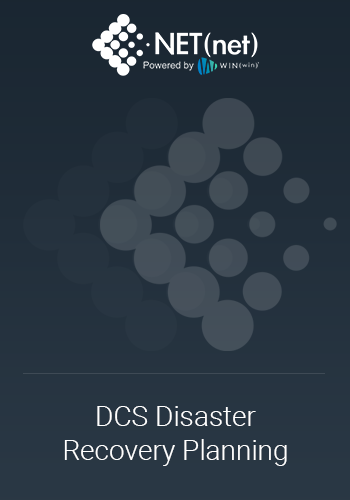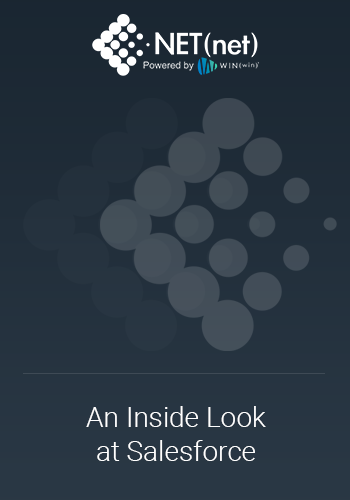Bottom Line Up Front:
The shift from seat-based to consumption pricing at enterprise software giants isn't about "aligning value with usage", it's a calculated move to extract more revenue while making costs less predictable and harder to control. Don't let the marketing mysticism fool you.
The Marketing Fairy Tale vs. Reality
Let me translate the vendor spin for you. When Salesforce announces "When we look at pricing, it will be on a consumption basis... about $2 per conversation" for their Agentforce AI, they're not being altruistic. They're not "aligning cost with value delivered." They're solving a revenue problem.
Here's the inconvenient truth: investors expect AI agent productivity gains to reduce demand for Salesforce license seats. When your AI agents can deflect 90% of calls from human agents, you need fewer seat licenses for humans. For Salesforce, this efficiency gain threatens their subscription revenue model that relies heavily on seat-based licensing.
So what do they do? They pivot to consumption pricing and dress it up as innovation.
The Consumption Pricing Trojan Horse: Why Vendors Love Consumption Models (and you should be suspicious)
Unpredictable Costs: With seat-based pricing, you could budget. You knew exactly what 100 users would cost you next year. With consumption pricing, your costs become as volatile as your usage and consumption patterns. Busy quarter? Surprise! Your software bill just doubled.
No Upper Limits: Notice how Salesforce isn't capping their $2 per conversation model? There's no ceiling on what you might spend. At least with seats, you had predictable, bounded costs.
Death by a Thousand Transactions: Every interaction becomes a micro-charge. Your team uses the system more efficiently? Great, but you're still paying per transaction. The vendor gets rewarded regardless of whether you're getting value.
ServiceNow: The Master Class in Lock-In
ServiceNow has perfected the art of making switching impossible without calling it "lock-in." Here's their playbook:
The Consultation TrapServiceNow pricing starts with “consultation fees”, where a so-called 'consultant' analyzes your needs. This isn't pre-sales engineering, mind you—its intelligence gathering and paid proposal writing. They're mapping your dependencies so they know exactly where the switching costs will hurt you the most.
The Complexity WebServiceNow charges per named user who can fulfill tasks, with dozens of modules sold separately. Every additional module creates another integration point, another dependency, another reason you can't leave.
The Hidden Cost Structure
Enterprise ServiceNow deployments typically cost $1-8 million annually, with many clients spending well into the tens of millions. But here's what they don't tell you upfront about the true total cost of ownership:
- Professional services costs that often equal or exceed license fees (frequently $500K-$2M+ for implementation alone)
- Ongoing customization and integration work requires specialized (expensive) consultants
- Module proliferation as different departments demand their own ServiceNow applications
- Multi-year commitment penalties that make it financially punitive to leave
- Training costs across thousands of users (because their platform requires extensive specialized knowledge)
- Hidden integration costs as you connect ServiceNow to your existing enterprise systems
The AI Pricing Scam: Salesforce's Latest Move
Salesforce's Agentforce pricing reveal is a masterpiece of vendor manipulation:
The Bait
New Agentforce add-ons, starting at $125 per user per month, giving users access to unmetered usage of generative AI. "Unmetered" sounds generous, right?
The Switch
But wait—that's only for employee usage. Customer-facing AI? That's the consumption model at $2 per conversation. So you're paying both ways: subscription fees for your employees to use AI, plus per-transaction fees when that AI talks to your customers.
The Lock
Once you've integrated Agentforce into your workflows, moving to a competitor means rebuilding all those AI agents, retraining your team, and potentially losing months of conversational AI data.
The Tyranny of "Flexible" Pricing
Vendors love to sell consumption pricing as "flexible." Let me decode this:
Flexible for whom? It's flexible for the vendor to extract maximum revenue based on your success. When your business grows and you use the system more, their revenue grows exponentially. When your business shrinks, you still pay the same base costs.
Flexible how? Software vendors want to align value delivered with price charged—but only when it increases their revenue. Notice how "alignment" never seems to result in lower bills when you're getting less value.
How to Fight Back? Click here to receive a simple two page PDF with a high level 4 point battle plan and a consumption based pricing strategy.
The AI Consumption Explosion Trap
Here's the vendors' dirtiest trick: They know consumption explodes with AI features, but they're basing customer agreements on historical consumption that bears no resemblance to future usage. By switching to consumption models now, they're setting you up for massive cost increases when AI features drive usage through the roof.
The professional negotiation imperative: These deals now require expert assistance more than ever. Accepting vendor constructs guarantees abuse and massive cost overruns. The complexity of modeling consumption scenarios, understanding technical dependencies, and structuring protective contract terms demands the kind of precision, specialized expertise, and extensive experience that in-house teams simply don't have.
This is why organizations increasingly need professional negotiation support—not just for better pricing, but to avoid the systematic traps vendors are now embedding in every consumption-based agreement.
The Enterprise Software Vendor Playbook (Exposed)
Here's what they won't tell you about their strategy:
- Hook you with low entry costs - Notice how ServiceNow and Salesforce always lead with their "starter" pricing
- Create complexity gradually - Each new module, integration, and customization deepens your dependence
- Make switching costs astronomical - With an on-premises implementation, you can stop paying maintenance and still run your current version. But if you want to leave a SaaS platform over a price hike, you own neither the software nor the infrastructure – and in some cases, not even your own data!
- Control the migration narrative - They'll offer "competitive" migration deals right up until you're locked in
The Great Pricing Migration is Accelerating
The data doesn't lie. Currently, 60% of companies are either fully implementing or experimenting with consumption-based pricing. This represents a dramatic shift from just five years ago when subscription models dominated the landscape. But here's what the industry won't tell you: Approximately 40% of software companies still utilize per-seat pricing but are considering shifts towards more flexible models as customer preferences evolve.
The hybrid model trap:
The most insidious development is the rise in hybrid pricing models. The High Alpha 2024 SaaS Benchmarks Report found that 22% of companies are adopting hybrid pricing models, blending subscription fees with consumption-based elements. This isn't innovation, it's double-dipping. You're paying base subscription fees PLUS consumption charges. It's the worst of both worlds masquerading as customer choice.
The AI justification racket:
Vendors are using AI as justification for consumption pricing. Nearly 70% of companies with AI products are monetizing or testing monetization strategies, with a significant number exploring subscription, usage-based, and hybrid pricing models. They're telling you that AI makes traditional seat pricing obsolete, conveniently ignoring that they're the ones choosing to implement AI in ways that eliminate predictable costs.
NET(net) Perspective: The Cost and Value Optimization Expert's View
As the world's leading provider of cost and value optimization services for technology supply chains, NET(net) has witnessed this pricing manipulation firsthand across 25,000+ field engagements with over 250 technology suppliers. NET(net) always recommends a detailed review of all commercial provisions in your contracts including financial provisions regarding price holds, maintenance freezes, caps on increases, future discounts, and a variety of other terms – to ensure your agreements are market optimized to ensure maximum future-proofing and financial protections.
NET(net)'s experience reveals the true scope of this problem: Most cloud bills include 20% to 30%+ cloud waste due to mis-aligned purchasing and lack of proactive management. But the consumption pricing model makes this waste nearly impossible to track and control. Without the resources and experience, teams can never get ahead of the consumption, let alone make ongoing recommendations based on ever-changing usage dynamics.
The lock-in reality: NET(net) has documented how organizations often experience price shock if they are locked into a specific cloud provider and are unable to easily switch to a more cost-effective provider without significant retaining efforts and rework. This vendor lock-in becomes exponentially worse with consumption pricing because you lose all ability to predict and budget for switching costs.
The Industry-Wide Conspiracy: It's Not Just Salesforce and ServiceNow
Before you think this is just about two vendors having a bad quarter, let me disabuse you of that notion. This pricing shell game is spreading across the enterprise software ecosystem like a virus.
The Data Analytics Cartel
Mixpanel: Transitioned away from a per-seat model to a tiered usage model with limits on the number of events users could consume each month. What they didn't tell their customers is that their limits were so low that the consumption charges turned $33/month starter packages into $1,000+ per month consumption charges, for the exact same level of consumption of resources from the prior month! Diabolical.
Databricks & Snowflake: Both have perfected consumption-based pricing with "Databricks Units" (DBUs) and compute credits respectively. Databricks charges you based on the amount of Databricks Units (DBUs) you consume per hour, while Snowflake utilizes usage-based pricing. Rather than a fixed monthly or annual fee, Snowflake tracks usage volumes across computation, data storage and transfer, calculating costs from processing activity. The promise: "pay only for what you use." The reality: unpredictable bills that can fluctuate wildly from month to month.
The Microsoft Empire Strikes Back
Microsoft is playing both sides of this game brilliantly. Microsoft 365 Copilot will have an annual subscription term with a monthly billing option available in the CSP program. This provides more flexibility, allowing organizations to pay monthly instead of an upfront annual payment. However, this added flexibility comes with a 5% premium over the traditional annual billing price.
Notice the pattern? They're charging you extra for the "flexibility" of monthly billing while simultaneously making their AI features consumption based. So, you are paying a premium for the privilege of watching costs skyrocket and become more unpredictable at an accelerating pace.
Power BI: The monthly price for a Pro license will increase by 40% (from $10 to $14). The price for a Power BI Premium-per-User license will increase by 20% (from $20 to $24). This is the classic bait-and-switch: keep prices low until you're locked in, then jack them up.
The Adobe Subscription Trap
Adobe has mastered the art of making you feel grateful for price increases. Enterprise customers using Creative Cloud Edition 4 will experience price increases of approximately 7-8%, with exact amounts varying by region while positioning it as "innovation." Adobe first came out with their Photography Plan that included Lightroom and Photoshop for $9.99 a month back in 2013. Since then, the price hasn't changed - until now, when they're simultaneously raising prices while moving more features to consumption-based AI credits.
The Infrastructure Play:
AWS Started This Madness
Let's not forget the grandfather of consumption pricing manipulation. This events-based billing model was, of course, pioneered by Amazon in 2006 and has since been the catalyst for Amazon's rapid growth and dominance in the marketplace. AWS taught everyone how to make costs unpredictable while claiming it's "more flexible."
Twilio Followed Suit
In 2020, Twilio introduced usage-based billing for its messaging APIs to align pricing with customer value. After the shift, Twilio saw a 50% increase in messaging revenue and a 70% increase in the number of messaging customers. Translation: they attracted more customers and captured more market share with seemingly lower entry costs, but the added consumption captured from the classic land-and-expand pricing manipulation resulted in considerably and disproportionately more value extraction with scaled usage. Twilio's annual revenue for 2020 was $1.76 billion, a 55.3% increase from 2019. Twilio's annual revenue for 2021 was $2.84 billion, a 61.31% increase from 2020. According to Twilio's financial reports, the company grew from $277 million in revenue in 2016 to over $2.8 billion by 2021—a tenfold increase in just five years. The post-pricing-change revenue explosion demonstrates exactly how consumption models extract exponentially more value as customers scale—from $1.76B in 2020 to $2.84B in 2021, a 61% jump in a single year following their usage-based pricing rollout.
The Pattern Recognition
Here's what every single one of these vendors is doing:
- Start with predictable pricing to get you hooked
- Gradually introduce consumption elements for "flexibility"
- Eventually shift the bulk of costs to unpredictable consumption
- Raise base subscription prices simultaneously
- Market it as innovation and customer value
Consumption-based pricing will become 10% of the price of enterprise software. In 2025, we expect a sharp rise in true consumption-based pricing models, especially to account for AI usage. This isn't speculation, it's the roadmap they're all following.
Your Battle Plan: Step-by-Step Instructions to Thwart These Pricing Schemes
Phase 1: Immediate Defense (Execute Within 30 Days)
Step 1: Contract Audit Blitz
- Review all current agreements for consumption clauses, triggers, price increases, cost escalators, and related terms and conditions
- Identify contracts coming up for renewal in the next 12 months
- Document current usage patterns vs. contracted commitments
- Calculate your "switching cost baseline" for each major vendor
Step 2: Establish Cost Ceilings
- For any consumption-based services, demand maximum spending limits in all contract negotiations
- Implement automated alerts when approaching 80% of consumption limits
- Negotiate "billing shock protection" clauses that cap monthly increases
Step 3: Data Liberation Planning
- Inventory all data held by vendors and document export/migration procedures
- Test data export capabilities NOW, before you need them
- Negotiate contractual data portability guarantees
Phase 2: Strategic Positioning (Execute Within 90 Days)
Step 4: Vendor Concentration Risk Assessment
- Map all technology dependencies and identify single points of vendor failure
- Develop contingency plans for your top 3 mission-critical vendor relationships
- Begin pilot programs with alternative solutions for high-risk dependencies
Step 5: Consumption Monitoring Infrastructure
- Implement real-time usage tracking for all consumption-based services
- Establish monthly consumption review processes
- Create dashboards that show consumption trends and cost projections
Step 6: Contract Term Optimization
- Negotiate hybrid models that include minimum predictable base costs
- Demand contractual guarantees for pricing predictability
- Include vendor performance penalties for billing accuracy issues
Phase 3: Long-term Vendor Management (Ongoing)
Step 7: Continuous Market Intelligence
- Subscribe to pricing change alerts for all major vendors
- Maintain relationships with 2-3 alternative vendors for each critical service
- Participate in user groups that share vendor pricing intelligence
Step 8: Budget Protection Protocols
- Build 15-25% buffer into budgets for consumption-based services
- Implement quarterly consumption reviews with immediate optimization actions
- Establish escalation procedures for unexpected cost spikes
Step 9: Negotiation Power Concentration
- Consolidate vendor negotiations to maximize leverage
- Demand enterprise pricing reviews when consumption patterns change significantly
- Use NET(net)'s proven approach: analyze all pertinent provisions, assess risk, contingency plan. develop at the bargaining table strategies, plan your exit, be prepared to walk
- Use NET(net)'s proven approach:
- Dissect every contract clause for hidden cost traps
- Demand ironclad consumption ceilings
- Secure contractual migration assistance
- Establish vendor performance penalties
- Build switching cost models that expose true total cost of ownership
- Inspect consumption patterns for optimization opportunities
- Optimize configurations to minimize waste
- Democratize workloads across multiple vendors to reduce dependency
- Evaluate demand management options to control usage spikes
- Maintain active competitive alternatives
- NEVER negotiate from a position of desperation
External Validation: What Industry Research Reveals About This Pricing Manipulation
Here are five credible sources that validate the blog's premise about vendor pricing manipulation:
Licenseware 2025 Software Price Increase Analysis
Source: https://licenseware.io/software-vendor-price-increases-in-2025/
Key Finding: "Beyond simple price increases, vendors are fundamentally restructuring licensing models to optimize revenue streams and improve customer lock-in. Usage-based and consumption pricing models are proliferating, requiring organizations to develop sophisticated monitoring capabilities to avoid unexpected cost spikes."
Zylo SaaS Management Report 2025
Source: https://zylo.com/blog/consumption-based-pricing-saas/
Key Finding: "As more SaaS companies integrate AI into their offerings, they are rethinking their monetization strategies... businesses are increasingly facing unexpected charges due to AI pricing structures."
RevVana Usage-Based Pricing Analysis
Source: https://revvana.com/resources/blog/the-rise-of-usage-based-pricing-in-saas/
Key Finding: "Currently, 60% of companies are either fully implementing or experimenting with consumption-based pricing... Because revenue from usage-based pricing can be less predictable, it can impact the cash flow stability of a company."
TechCrunch B2B SaaS Growth Analysis
Source: https://techcrunch.com/2024/01/30/b2b-saas-growth-pricing/
Key Finding: "With an on-premises implementation, you can stop paying maintenance and still run your current version. But if you want to leave a SaaS platform over a price hike, you own neither the software nor the infrastructure on which to run it."
Forrester 2025 Enterprise Software PredictionsSource: https://www.forrester.com/blogs/predictions-2025-enterprise-software/
Key Finding: "Consumption-based pricing will become 10% of the price of enterprise software. In 2025, we expect a sharp rise in true consumption-based pricing models, especially to account for AI usage."
Customer Voices: The Real Impact of Vendor Pricing Manipulation
Here's what users are actually saying about these pricing schemes:
User Experience 1: The Consumption Trap
From industry forums: "Mixpanel pricing jumps as you scale – At $33/month for up to 10,000 events, you might need to upgrade quickly as you grow. It's not the cheapest plan if you have lots of events... sounds like someone got a surprise bill instead of a surprise feature!"
User Experience 2: The Lock-in Reality
From technology discussions: "SaaS can be a trap that can cost you more, result in less agility, and lock you into a poor sourcing decision... Many companies end up paying premium for projected user amounts because they were convinced by the SaaS supplier that someday they may hypothetically increase their usage."
User Experience 3: The Pricing Shock Phenomenon
From cloud user communities: "Some clients may experience price shock if they are locked into a specific cloud provider and are unable to easily switch to a more cost-effective provider without significant retaining efforts and rework."
User Experience 4: The Enterprise Squeeze
From procurement professionals: "Enterprises are experiencing subscription fatigue, mirroring consumers' frustration with managing multiple subscriptions... As SaaS vendors try to compensate for fewer seats, they've been raising seat prices (the average spend on SaaS per employee jumped 17.9% from 2022 to 2023)."
User Experience 5: The Vendor Greed Recognition
From IT management forums: "A stunning 76% of you are raising prices in 2024... And we thought the endless price increases we saw in 2023? Apparently not. That's up from 54% in 2023."
The Bottom Line: Don't Be the Frog in Boiling Water
The shift to consumption pricing isn't evolution—it's extraction. These vendors are betting you won't notice the water getting warmer until it's too late to jump out.
A great enterprise software vendor creates a customer experience that is so phenomenal that the customer decides to remain a customer years longer than they otherwise would have stayed. Instead, we're seeing vendors who invest more in lock-in tactics than in customer value.
Your job as a client advocate is simple: see through the mysticism, reject the tyranny of "flexible" pricing, and demand contracts that serve your interests, not theirs.
The pricing model isn't broken—it's working exactly as designed. The question is: Designed for whom?
Remember: When a vendor tells you their new pricing model is "better aligned with value," ask yourself one question: whose value are they talking about?
About NET(net)
Founded in 2002, NET(net) is the world’s leading IT Investment Optimization firm, helping clients find, get, and keep more economic and strategic value in their technology supply chains. Over the last 20 years, NET(net) has influenced trillions of investment, captured hundreds of billions of value, and has helped clients cost and value optimize all major areas of IT Spend, including XaaS, Cloud, Hardware, Software, Services, Healthcare, Outsourcing, Infrastructure, and Telecommunications, among others. NET(net) has the experience you want, demonstrates the expertise that you need, and delivers the performance you demand and deserve. Contact us at info@netnetweb.com, visit us online at www.netnetweb.com, or call us at +1 (616) 546-3100 to see if we can help you capture more value in your IT investments, agreements, deployments, and relationships.
NET(net)’s Website/Blogs/Articles and other content is subject to NET(net)’s legal terms, offered for general information purposes only, and does not constitute legal advice. While NET(net) may offer views and opinions regarding the subject matter, such views and opinions are those of the content authors, are not necessarily reflective of the views of the company and are not intended to malign or disparage any other company or other individual or group.

